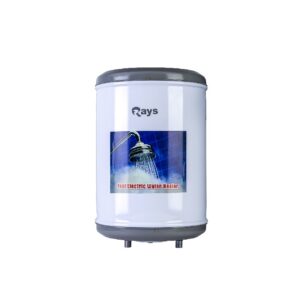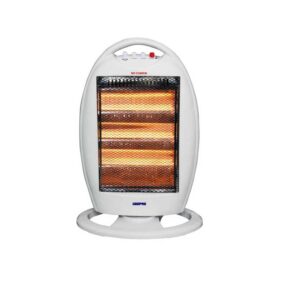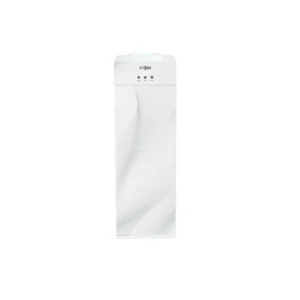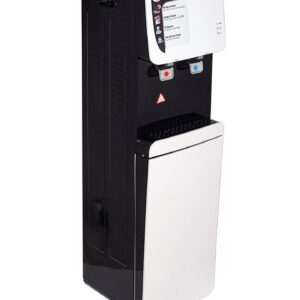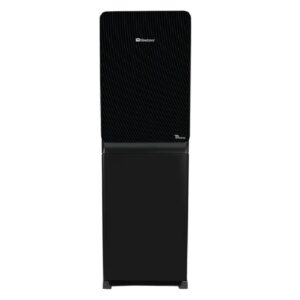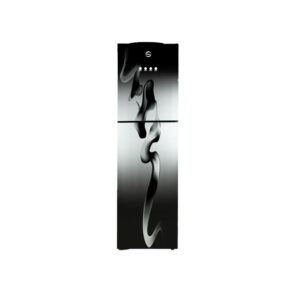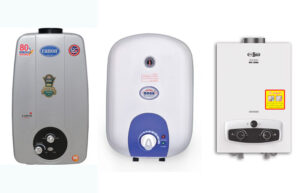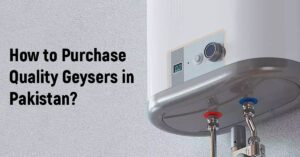The arrival of winter globally increases the demand for a geyser; an appliance that is a source of hot water. It is important to plan this particular purchase accordingly, as to beware of unforeseeable uncertainties. The global consumer market boasts various types of geysers, each sharing one mutual feature – generating hot water. Opting for the ‘right’ appliance requires a structured plan, saving variable costs and much time. That being said, several aspects need to be considered before heading for a purchase.
Considerable Factors
The factors that must be considered before onboarding a geyser in households are as follows:
- Type of Geyser
- Size
- Design
- Energy-Efficiency Goals
- Spare Parts
- Warranty
- Budget
Type of Geyser
The first and foremost aspect to consider is the type of geyser. The three main types are – Electric Geysers, Storage geysers, and Gas Geysers. In the case of an electric geyser, the electric current is the main source of giving heat to the water. Also commonly referred to as ‘Instant Heater,’ electric heaters are easy to install and suited for small families. Such type of heater is common in the top part of bathrooms, heating the water at a rapid pace. On the other hand, storage geysers are typically designed for large families and can bear large volumes of water; the water inside remains warm and ensure accessibility at a given time. Besides this, gas geysers utilize Liquefied Petroleum Gas (LPG) via pipelines and warm the water in no time. However, gas heaters are health hazards and must be away from the reach of children.
Size
Size depends on the room space. As far as small space is concerned, an electric heater would be your best bet. For a large household, storage and gas geysers are suitable to be on-boarded. However, it is important to not spare considerable space for the appliance, giving room for other appliances.
Design
Next, we have design. Body color is according to an individual’s preference; however, a stainless-steel exterior withstands stains and is a source for achieving reliability. A LED display on an electric heater attracts consumers and enforces them for the purchase decision. In a nutshell, a classic geyser is applauded by colleagues.
Energy-Efficiency Goals
The energy-efficiency goals apply to an electric heater. A spike in global electricity prices has proved to be a setback for the consumer’s preference. The energy prices are dependent on the power rating; the higher the power rating, the higher the consumption. In addition, it is important to notice any trademarks like Energy Star associated with the product; it cuts down on electricity prices in the long run.
Spare Parts
The availability of spare parts is yet another decisive factor. The in-built parts might get obsolete due to wear and tear, and the spare parts ensure the smooth functioning of the appliance. Thanks to modern-day manufacturers, spare parts can be ordered via a telephone call and get them delivered fast.
Warranty
Warranty claim is an important factor, and manufacturers claiming a year or 18 months warranty stands out from the market and experience a sales influx. Warranty claims ensure that a good-quality product is being purchased and gentle care will ensure the long lifespan of the geyser. Fear no more, since you do not have to purchase a new geyser every year or so.
Budget
The budget creates a gap between the buyer and the seller. It is important not to take into account the fixed costs themselves, but the associated variable costs too. A cost-and-benefit analysis of various available products would be a boss move.
Conclusion
Here we come to an end. Geysers possess significant value during the winter, and it is important to think rationally while heading on for purchase. The product innovations will create a win-win situation for all.

